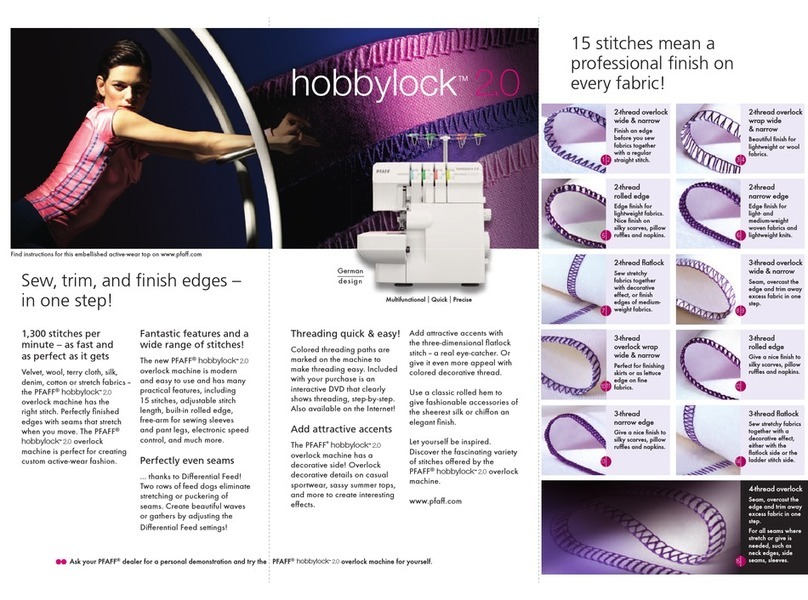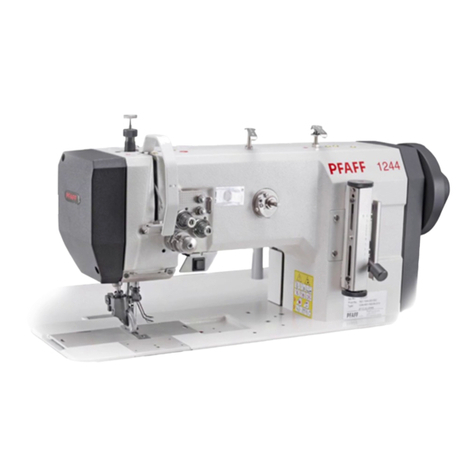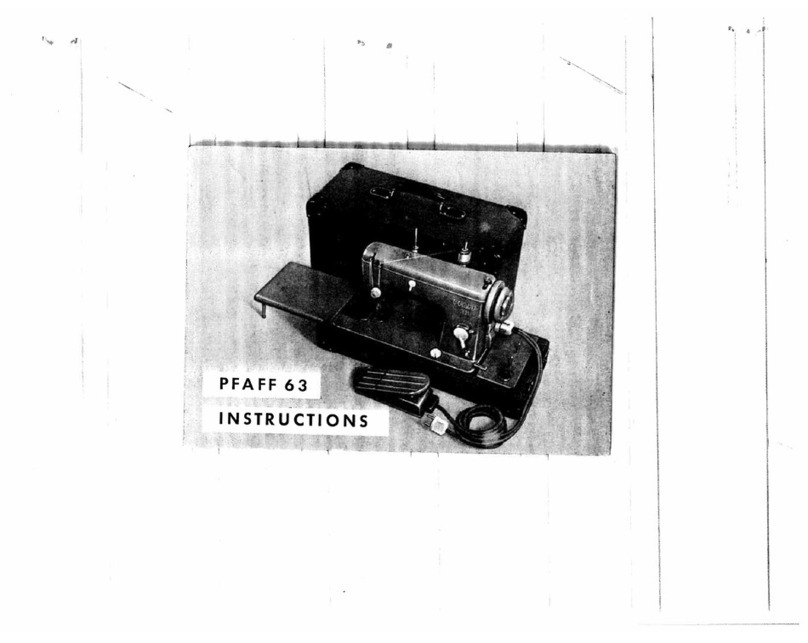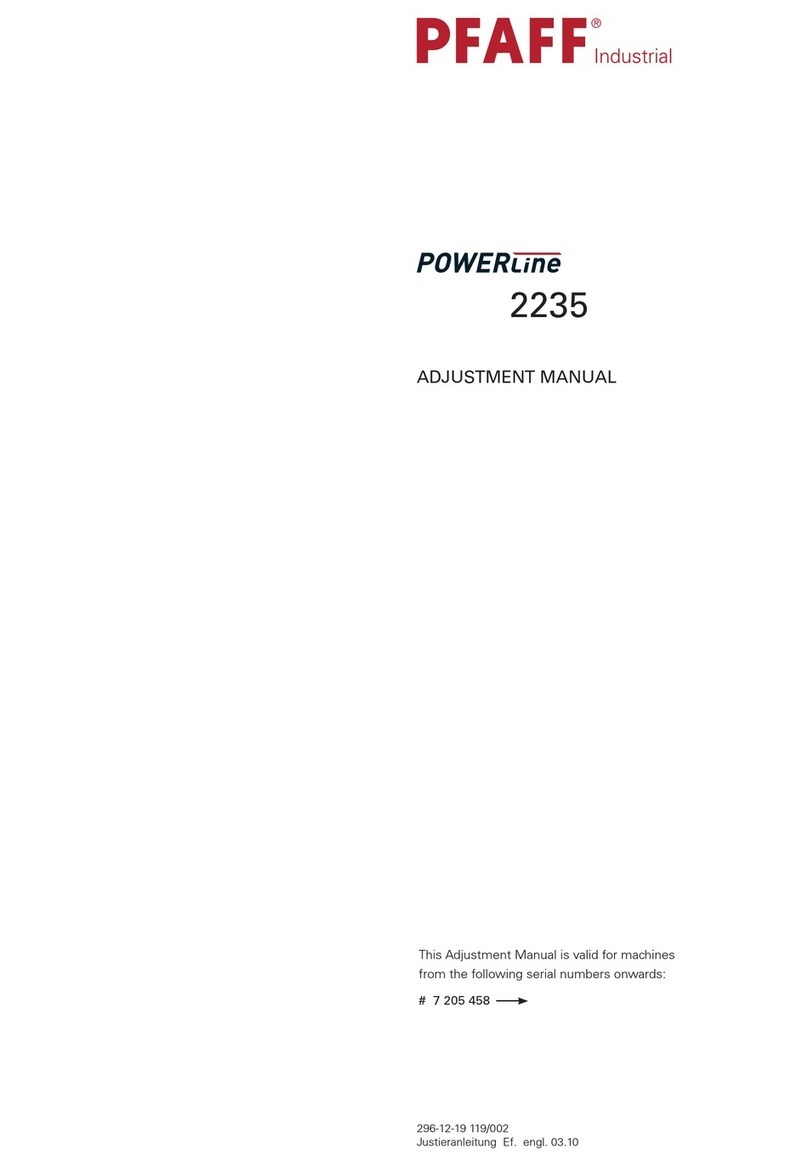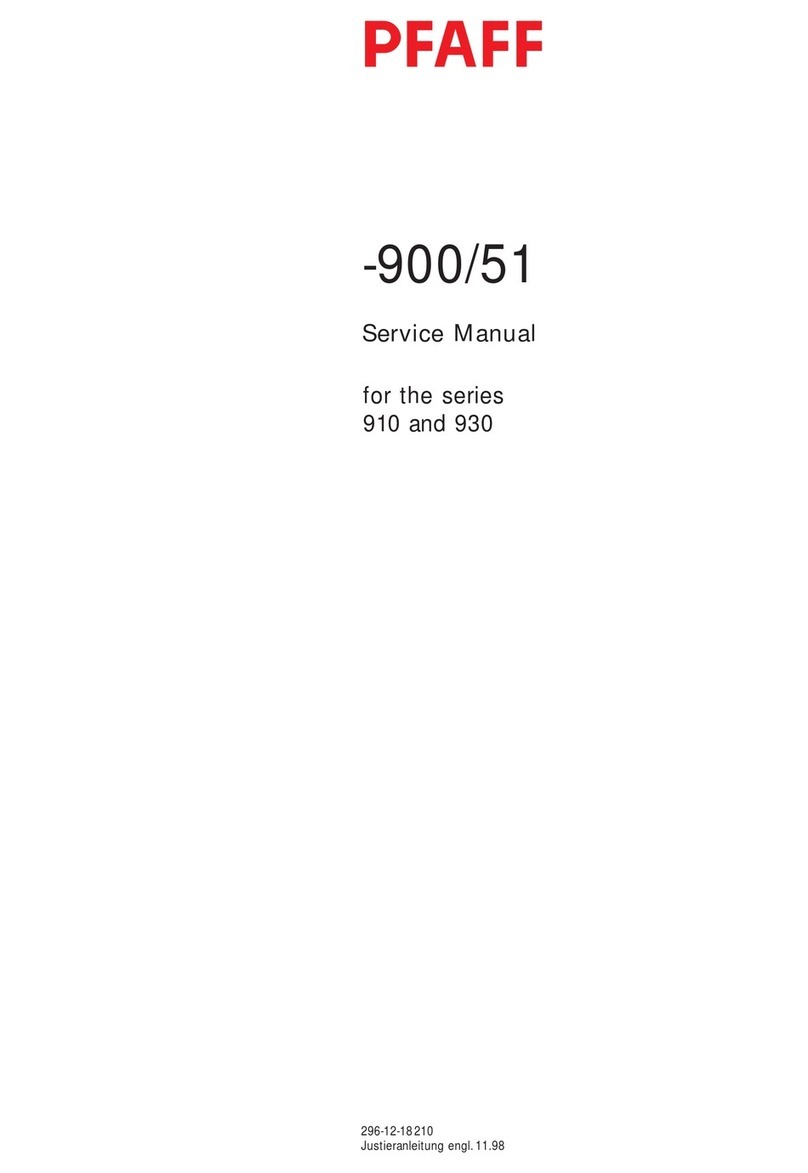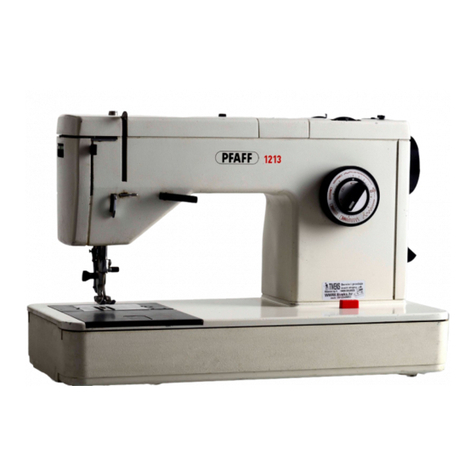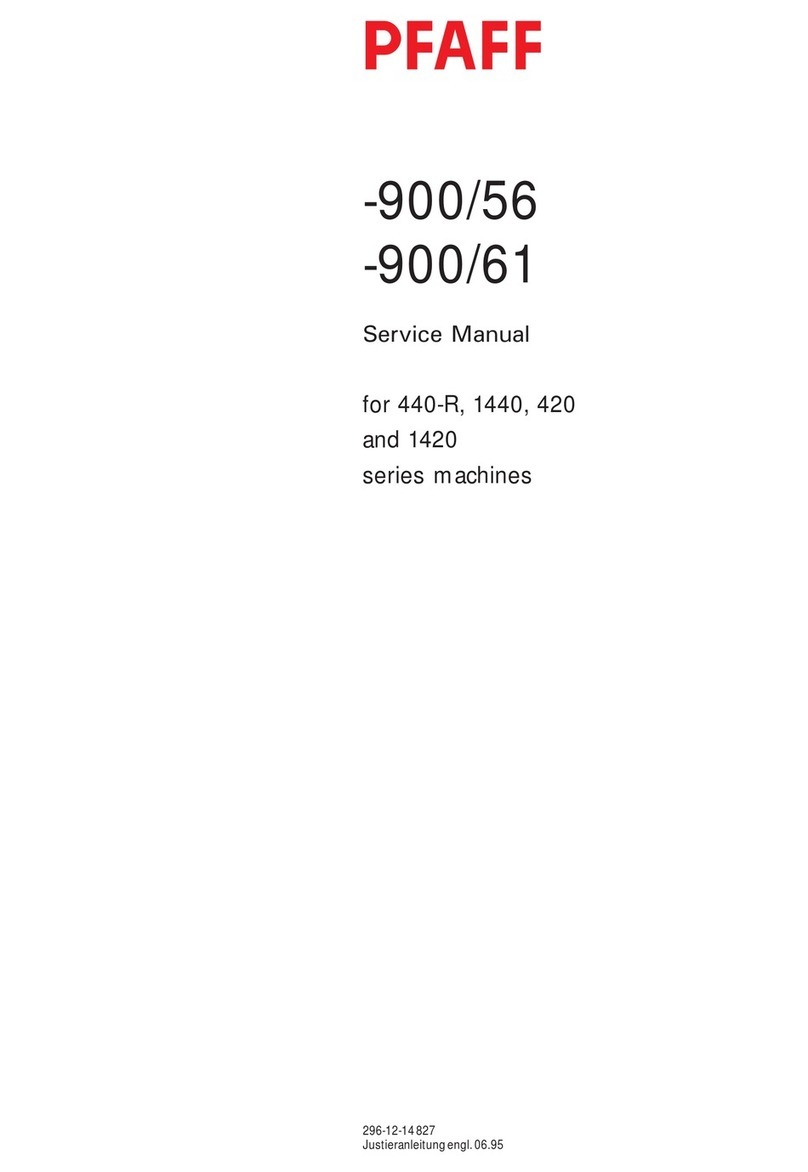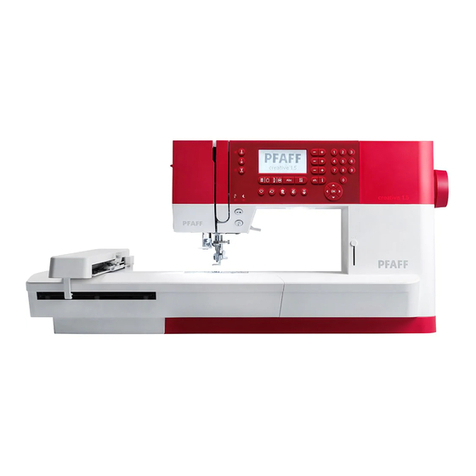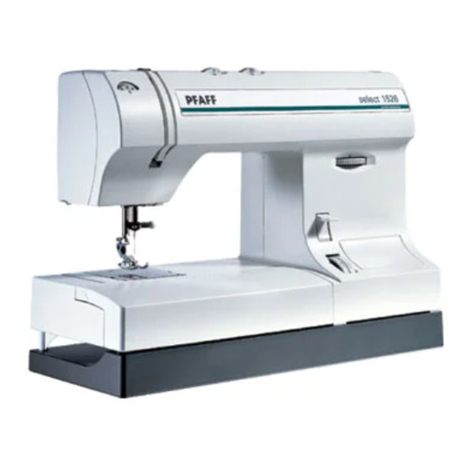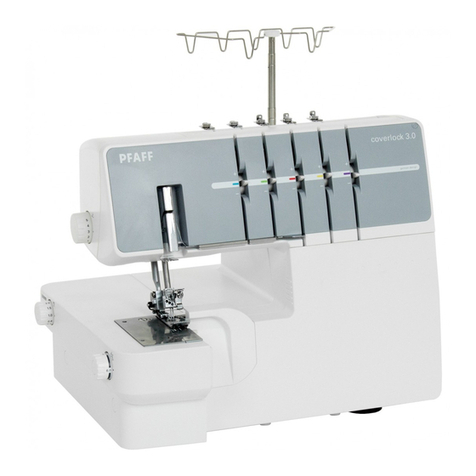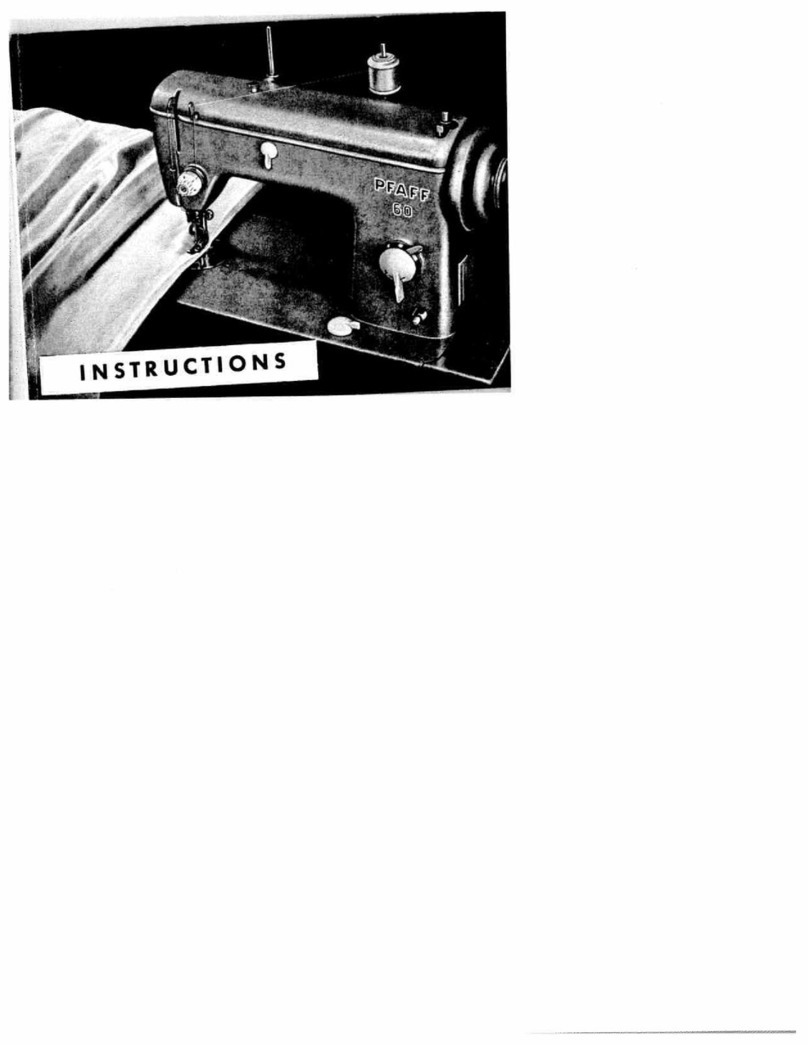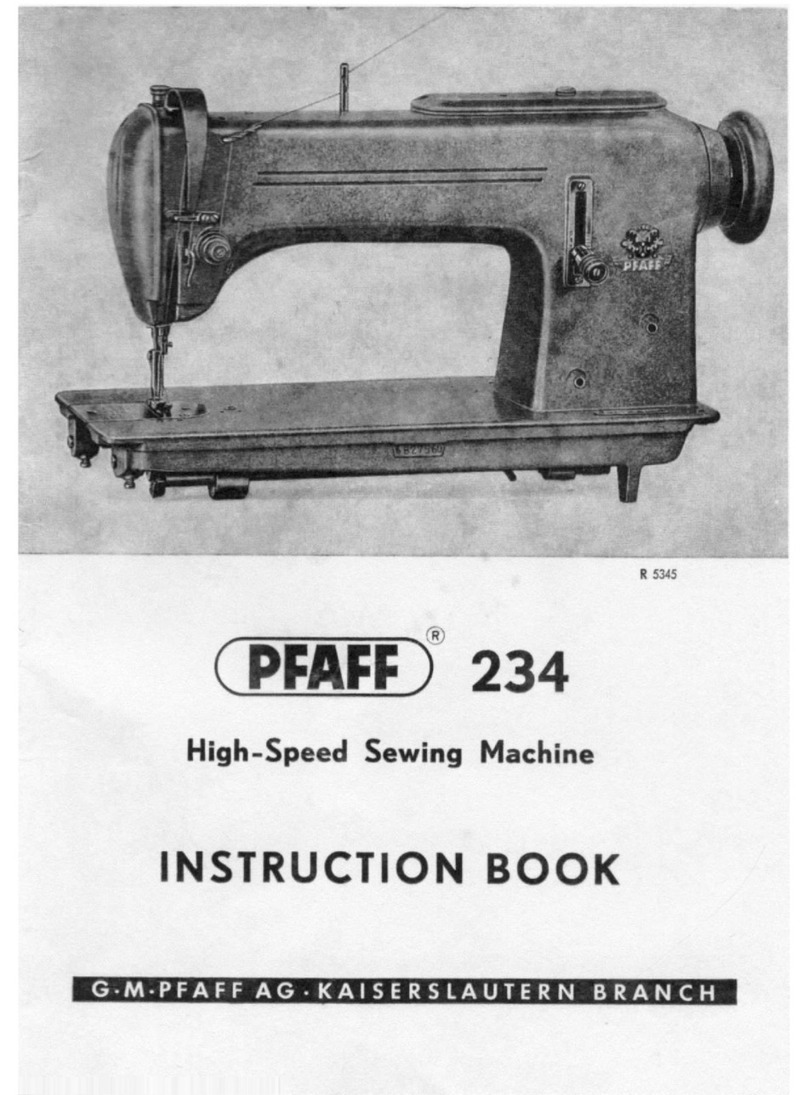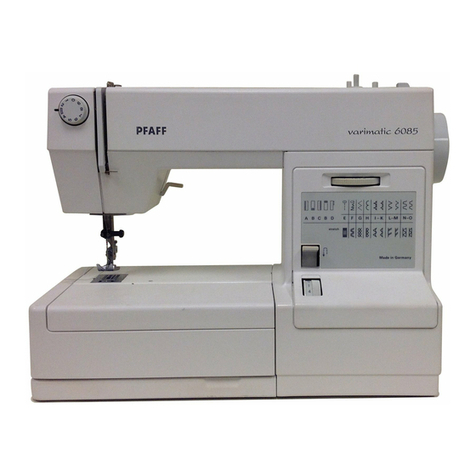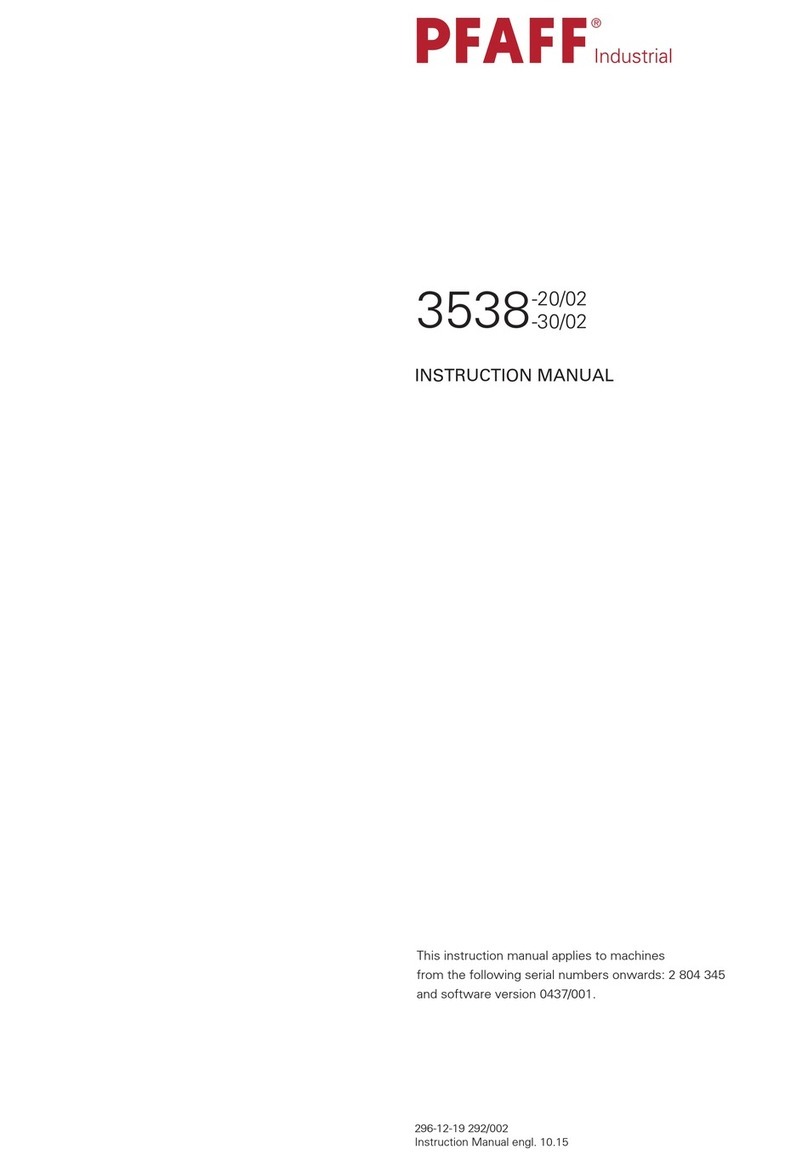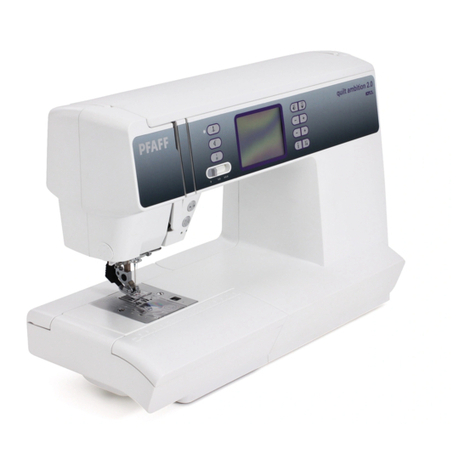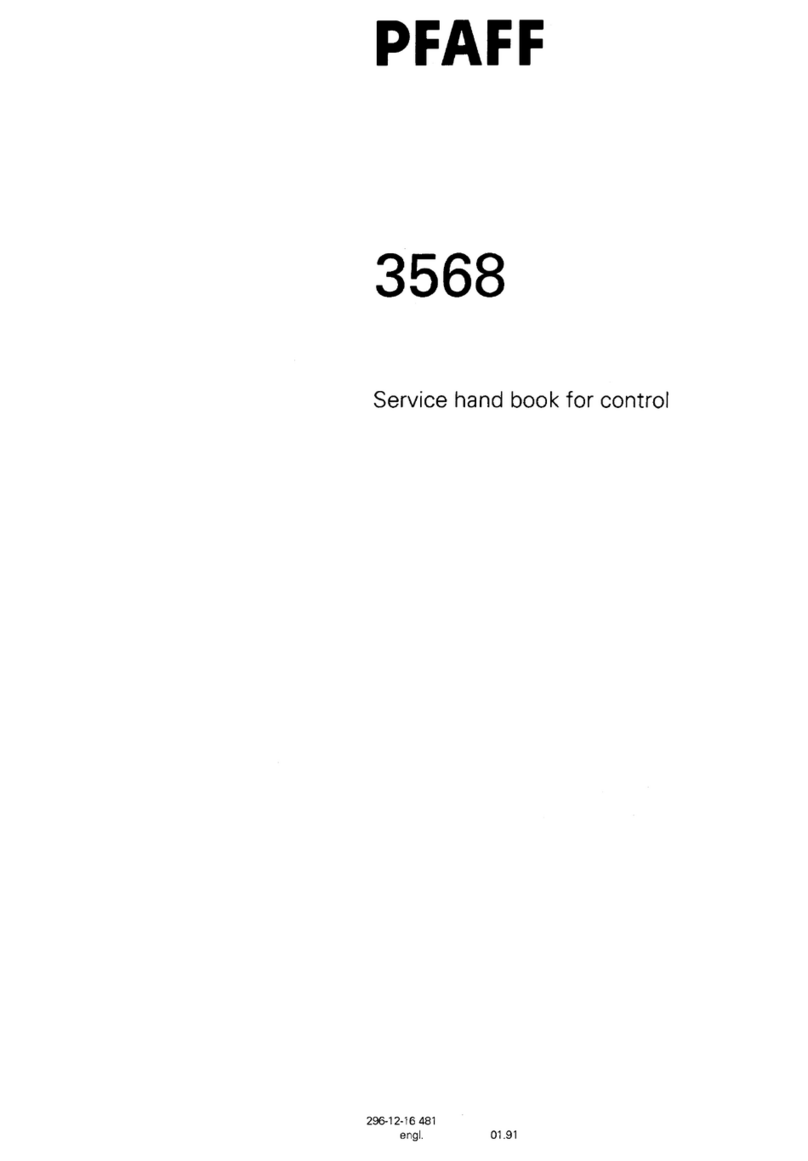
Contents
Contents ................................................................................. Chapter - Page
9Setting up .................................................................................................................... 9 -1
9.01 Inserting the needle ...................................................................................................... 9 - 1
9.02 Threading the needle thread / adjusting the needle thread tension ............................... 9 - 2
9.03 Winding the bobbin thread ............................................................................................ 9 - 3
9.04 Removing / replacing the bobbin case ........................................................................... 9 - 4
9.05 Threading the bobbin thread / adjusting the bobbin thread tension ............................... 9 - 4
9.06 Selecting a seam program ............................................................................................ 9 - 5
9.06.01 Selecting and changing the seam pattern. .................................................................... 9 - 5
9.06.02 Selecting a program station. ......................................................................................... 9 - 6
9.06.03 Selecting a sequence .................................................................................................... 9 -6
9.07 Adjusting the size of the sewing area ........................................................................... 9 - 7
9.08 Setting up the bobbin thread counter ............................................................................ 9 - 8
9.09 Resetting the piece counter .......................................................................................... 9 - 8
9.10 Shifting the seam pattern .............................................................................................. 9 - 9
10 Sewing ....................................................................................................................... 10 -1
10.01 Operating cycle ........................................................................................................... 10 -1
10.02 Error messages ........................................................................................................... 10 - 1
11 Input ...........................................................................................................................11- 1
11.01 Reserving program stations ........................................................................................ 11 - 1
11.02 Entering sequences .................................................................................................... 11 - 2
11.03 Parameter input .......................................................................................................... 11 - 3
11.04 Access codes .............................................................................................................. 11 - 4
11.04.01 Entering the access code ............................................................................................ 11 - 4
11.04.02 Changing the access code .......................................................................................... 11 - 4
11.04.03 Granting access rights ................................................................................................ 11 - 5
11.05 Summary of the seam patterns .................................................................................. 11 - 6
11.06 List of parameters ....................................................................................................... 11 - 9
11.07 Error messages on the display .................................................................................... 11 - 16
11.08 Sewing motor errors ................................................................................................... 11 - 17
11.09 OTE-errors .................................................................................................................. 11-17
12 Care and maintenance .............................................................................................. 12 - 1
12.01 Maintenance intervals ................................................................................................. 12 - 1
12.02 Cleaning the machine .................................................................................................. 12 - 1
12.03 Cleaning the hook compartment ................................................................................. 12 - 2
12.04 Oiling the needle head parts ....................................................................................... 12 - 2
12.05 Oiling the hook ............................................................................................................ 12- 3
12.06 Oiling the bearing points in the arm ............................................................................ 12 - 4
12.07 Oil disposal .................................................................................................................. 12 - 4
13 Wearing parts ............................................................................................................ 13 - 1
